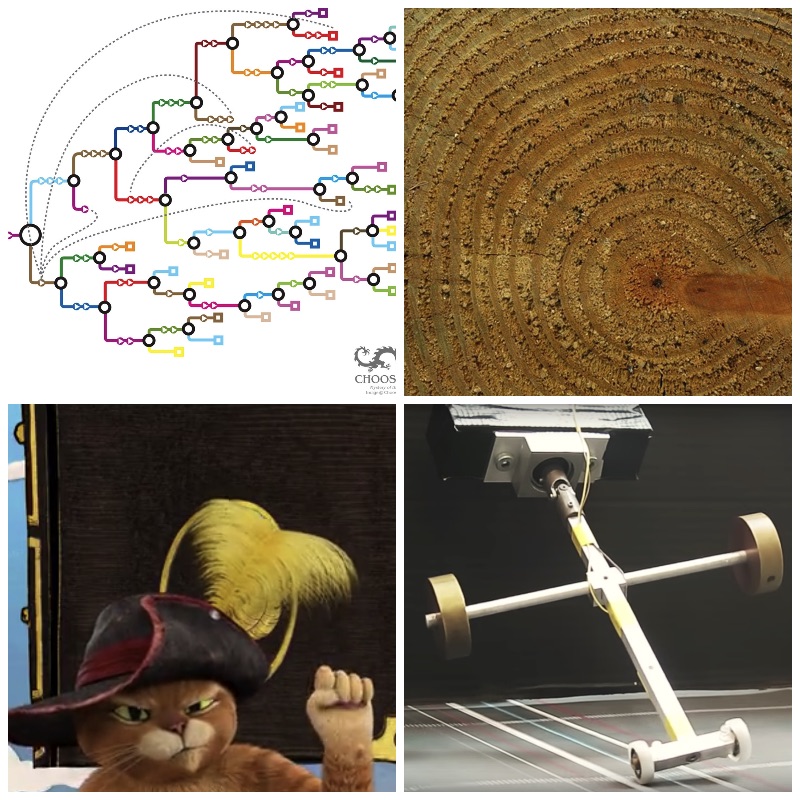Hamilton Sizes up Interactive Luggage

Gmail stops scanning email, neural networks provide ancient wisdom, 4×4′s don’t measure up, branching narratives, unstable rolling luggage, and the geeks throw away their shot.
Google will stop scanning your Gmail messages to sell targeted ads - The Verge
Green wrote in today
“4x4s” Aren’t Actually 4"×4"
Talk to any contractor or carpenter
Terabyte - Wikipedia
The terabyte is a multiple of the unit byte for digital information. The prefix tera represents the fourth power of 1000, and means 1012 in the International System of Units (SI), and therefore one terabyte is one trillion (short scale) bytes. The unit symbol for the terabyte is TB.
1 TB = 1000000000000bytes = 10^12bytes = 1000gigabytes.
A related unit, the tebibyte (TiB), using a binary prefix, is equal to 10244 bytes. One terabyte is about 0.9095 TiB. Despite the introduction of these standardized binary prefixes, the terabyte is still also commonly used in some computer operating systems, primarily Microsoft Windows, to denote 1099511627776 (10244 or 240) bytes for disk drive capacity.
Lumber - Wikipedia
Dimensional lumber is lumber that is cut to standardized width and depth, specified in inches. Carpenters extensively use dimensional lumber in framing wooden buildings. Common sizes include 2
Letting neural networks be weird • Ancient wisdom from the neural network
By examining a dataset, it learns to formulate its own rules about it, and can use these rules to generate new text that – according to the neural network – resembles the dataset. But since the neural network is doing all this without cultural context, or any knowledge of what the words really mean, the results are often a bit bizarre.
Recurrent Neural Networks on Linear Digressions
Listen to Linear Digressions for a crash course in recurrent neural networks—what the structural pieces are that make a neural net recurrent, how that structure helps RNNs solve certain time series problems, and the importance of forgetfulness in RNNs.
These Maps Reveal the Hidden Structures of 'Choose Your Own Adventure' Books - Atlas Obscura
The last installment of the original
Netflix launches new 'interactive shows' that let viewers dictate the story
Today [Netflix] announced that it
Rocking and rolling: how to stop luggage toppling on the race through the airport
Half a century after the American businessman Bernard D Sadow shocked travellers with the invention of
e23s17

